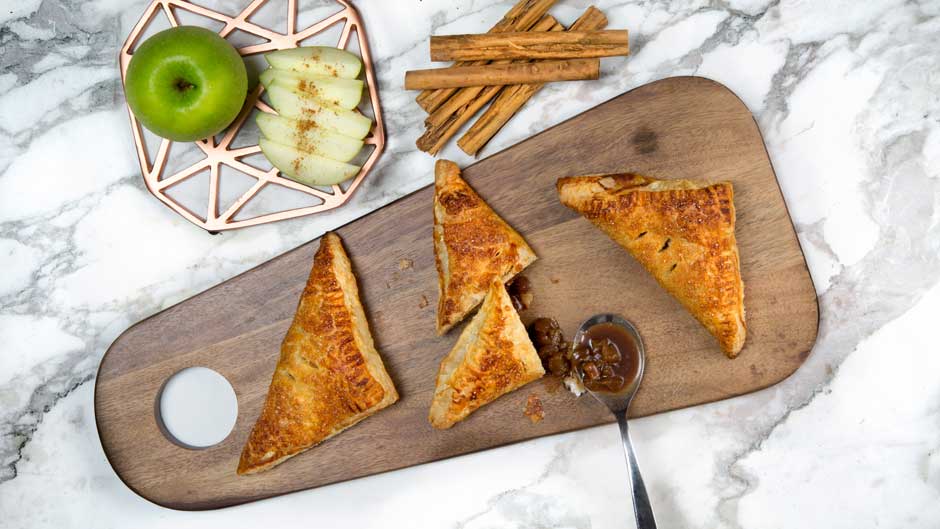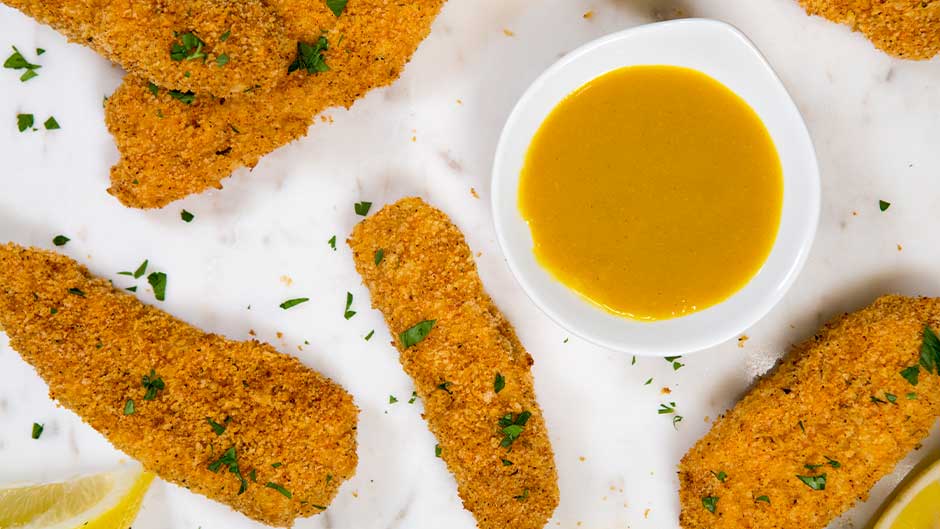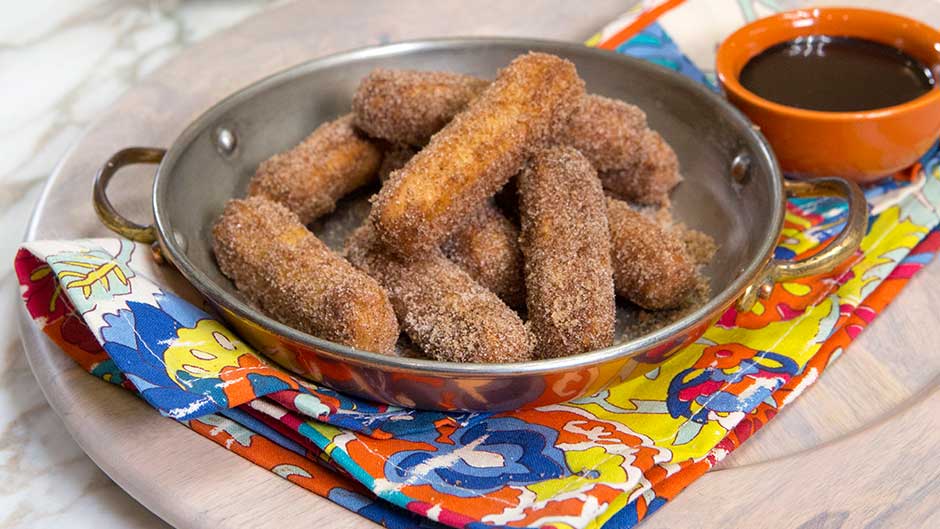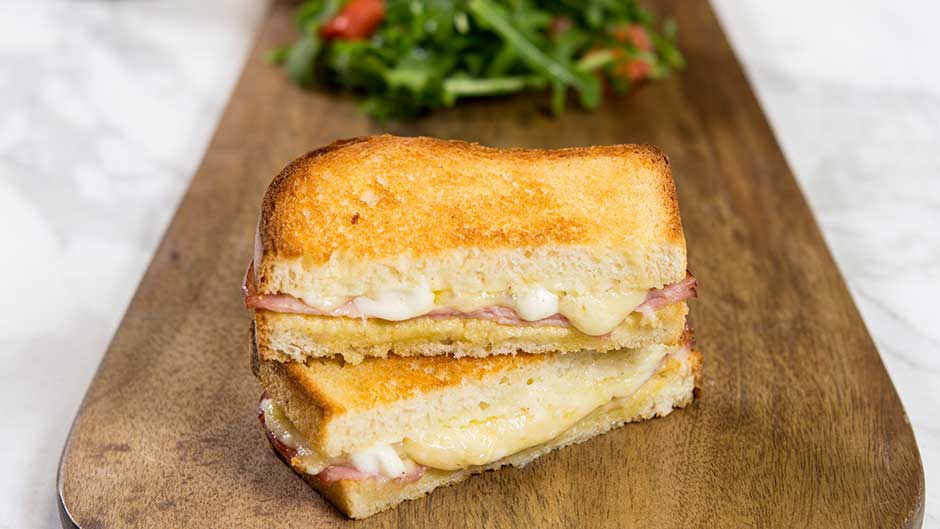This fluffy mousse tastes like a luscious cheesecake without the crust, and it makes an elegant do-ahead dessert. Bill Corbett, the executive pastry chef for the Absinthe Group in San Francisco, shared the recipe, which I have adapted slightly. Bill suggests other toppings as well, including granola, fresh berries, fresh orange segments, or cookie crumbs.
Of course, you can substitute another kind of fruit preserves for the marmalade, but I like the bitter edge that marmalade contributes. However, I make my own and it contains no added pectin. Many commercial marmalades have pectin added and are consequently quite stiff. If the marmalade you choose is stiff, warm it in a saucepan with a few drops of water, stirring until it liquefies. Then give it a few pulses in a food processor to chop up the thick pieces of orange rind.
Ingredients
- 2 cups plain drained yogurt (see below)
- 1 cup heavy cream
- 1 ⁄ 2 cup sugar
- 1 ⁄ 2 teaspoon kosher or sea salt
- 1 ⁄ 2 vanilla bean, split lengthwise
- 1 teaspoon powdered unflavored gelatin
- 1 ⁄ 4 cup sliced almonds
- 6 scant tablespoons orange marmalade
Instructions
- Put the yogurt in a large bowl.
- In a small saucepan, stir together 1 ⁄ 4 cup of the cream with the sugar and salt. Using the tip of a paring knife, scrape the vanilla bean seeds into the mixture and add the pod. Sprinkle the gelatin over the mixture and let stand for 1 minute to soften. Bring to a simmer over medium heat, whisking constantly to dissolve the sugar and gelatin. Simmer for 2 minutes, whisking. Strain through a sieve directly into the yogurt. Stir to blend. Cover the bowl and refrigerate for about 30 minutes.
- In another bowl, whip the remaining 3 ⁄ 4 cup cream to soft peaks. Gently fold the whipped cream into the yogurt mixture. Divide among 6 glasses. Cover each glass with plastic wrap and refrigerate until set, at least 2 hours. You can make the mousse up to 8 hours ahead.
- Preheat an oven to 325F. Toast the almonds on a baking sheet or in a pie tin until golden brown, stirring once or twice so they cook evenly, about 5 minutes. Let cool.
- To serve, put a scant 1 tablespoon marmalade on top of each mousse. Top each portion with 2 teaspoons almonds. Serve immediately.
Making Drained Yogurt
I often drain yogurt, especially homemade yogurt, even if only for an hour. Draining dramatically improves the texture, making any yogurt thicker, creamier, and more mellow by removing whey. Draining also extends the yogurt’s life by removing water and lactose. Reducing the yogurt’s lactose deprives bacteria of their food source. And if you are lactose-sensitive, you should find drained yogurt more digestible.
To drain homemade yogurt, chill it thoroughly first until it is firm. You can drain it as soon as it is cold. Store-bought yogurt has already been chilled, so you can drain it immediately after opening.
Line a large sieve or colander with a triple thickness of dampened cheesecloth or—my preference—with Plyban, a reusable cheesecloth made from a food-grade resin. Plyban’s weave is tighter than cheesecloth, so you don’t need multiple layers, although with very thin yogurt I might use a double thickness.
Set the sieve or colander over a bowl to collect the whey. Gently pour the yogurt into the lined sieve or colander. Cover with a plate or cloth—you’re just protecting the yogurt, not pressing it—and refrigerate. Drain the yogurt until it has the consistency you like. After an hour, it will be noticeably thicker, and I usually stop at that point.
Scrape the drained yogurt into a clean container, cover, and refrigerate.
Wash the cheesecloth or Plyban well in hot, soapy water; rinse well and air-dry. You can usually get two or three uses out of cheesecloth before it frays. Plyban is much longer-lasting and easier to clean.
If you drain the yogurt more than you intended, no problem. Simply whisk some of the whey back in until you have a texture you like.
To keep the whey, pour it into a glass jar and refrigerate. It has many potential uses.








